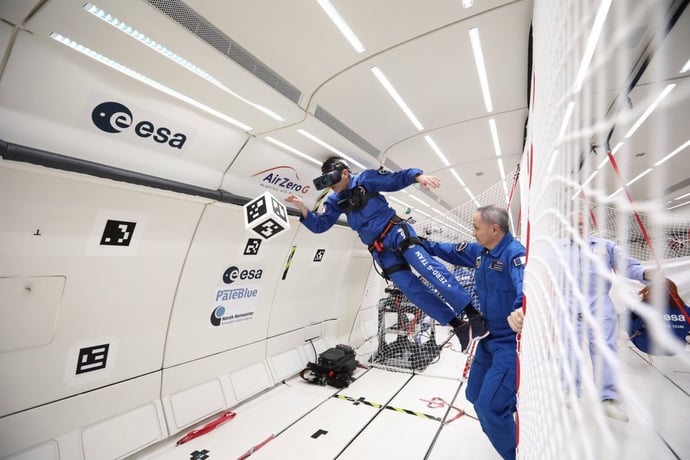Enriching pilot training without adding to the cognitive burden
With Varjo and MVRsimulation, a normally subjective process turns into a quantitative review, enabling instructor and trainee to analyse where the pilot’s head and eye movement were during an exercise. This helps understand where the pilot’s attention was, what leads to each outcome, identify areas for improvement, and track pilot progress throughout the training cycle.
What’s best, pilot training can be enriched without adding to the trainee’s cognitive burden. This can help achieve better learning outcomes and improved live missions down the line.
“The realistic simulation of flight scenarios in virtual and mixed reality is not science fiction. It’s here today with Varjo devices, already producing tangible value for pilot training.” – Urho Konttori, Co-Founder and Chief Technology Officer, Varjo
To deep dive into the possibilities that VR and XR technology can bring to pilot training and flight simulation, download our complimentary in-depth e-book guide.







